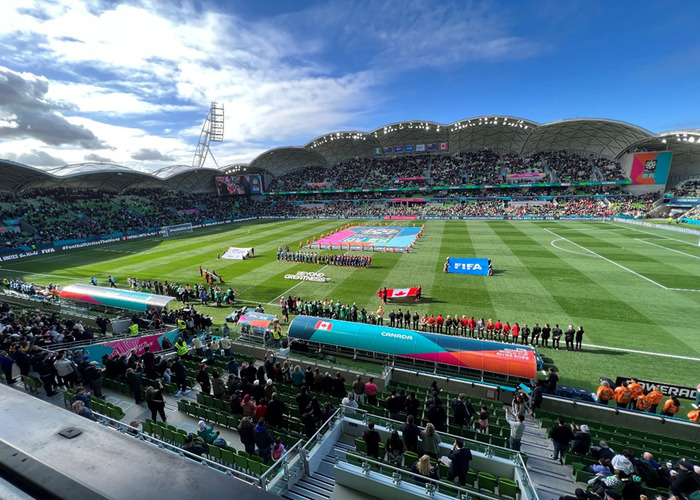Measuring And Managing Sporting Capital: A Way Forward

India, now the most populous country in the world, has incredible potential in terms of human resources. However, when it comes to sports, especially on big stages like the Olympics, India’s achievements do not quite match up. Unlike China, which has a clear, strategic system to boost its sports success, India lacks a solid plan for tracking and building its sporting strength.
A significant part of the problem is that there are not enough systems in place to measure and manage sporting capital at different levels, such as states, districts, or even within institutions. So, what exactly do we mean by *sporting capital*? It is the sum of resources, networks, skills, infrastructure, and cultural values that support sports excellence. It is a mix of economic, social, and cultural assets, but focused specifically on sports. Unfortunately, in India, this capital is not measured or monitored, which leads to scattered efforts and missed opportunities for growth. Setting up a solid framework to track and develop sporting capital could change the game. This would motivate local organisations and institutions to assess how well they are doing, work on improving facilities, spot and develop talent, and be more responsible. In addition, it would help us see where regions are strong or need help so that resources can be better targeted.
Presidency University stresses the importance of research and policy focus in this area. With input from academics, India could create a model that combines sports education, performance metrics, and community programs more comprehensively. Having a strong sporting culture is not just about national pride; it also boosts social unity, enables young people, and can even help grow the economy. By officially recognising and measuring sports capital, India can move from merely reacting to issues to planning ahead with data and evidence.
It is time for researchers, policymakers, and sports experts to see sporting capital as an essential national resource. When we measure and manage it wisely, India can aim for leadership in global sports and inspire future generations to participate in sports.
Written by,
Dr. Yusaf Harun K.,
Assistant Professor, Presidency School of Commerce













 Rajanukunte, Yelahanka, Bengaluru, Karnataka, Pin: 560119, India
Rajanukunte, Yelahanka, Bengaluru, Karnataka, Pin: 560119, India
 +91 9022092222
+91 9022092222